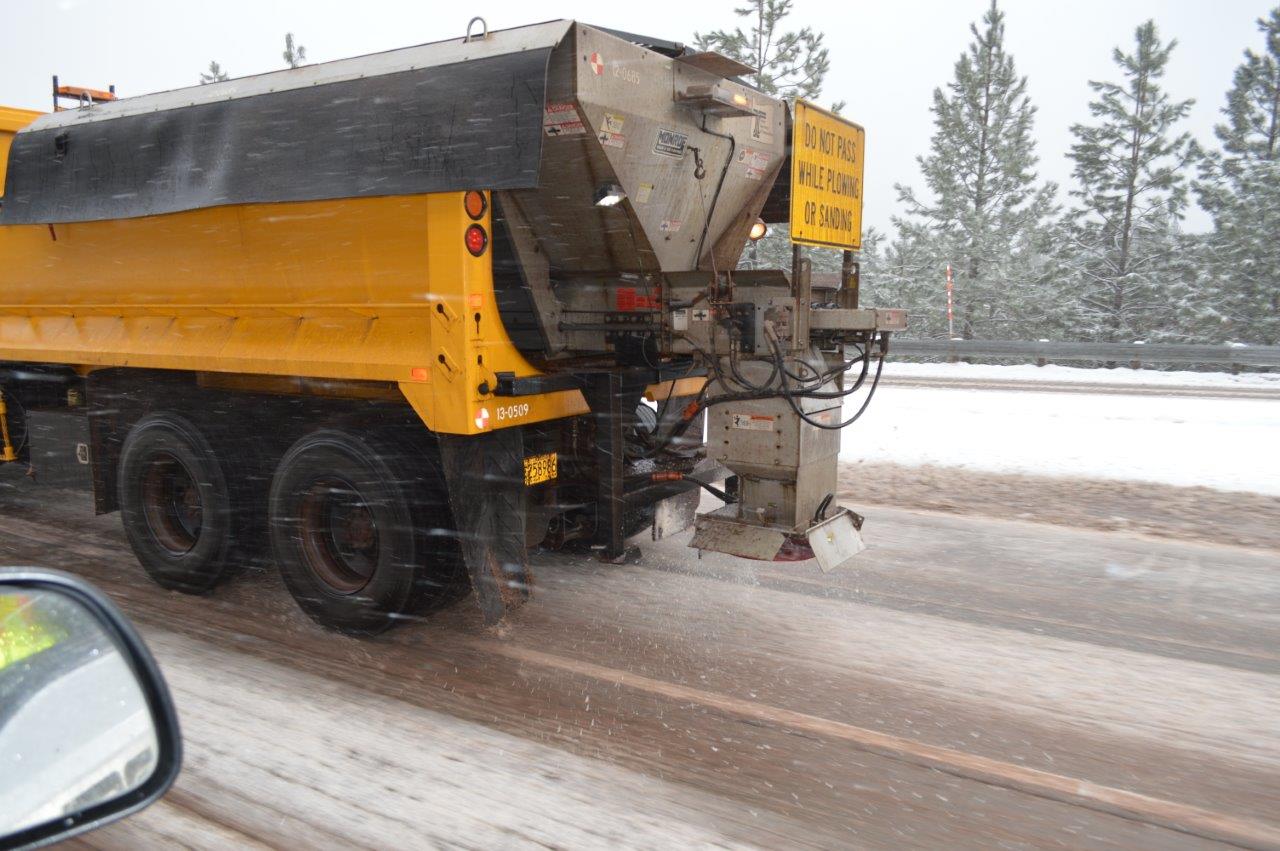As activists and journalists ponder what a Harris presidency would mean for the country’s efforts to combat climate change, her record as AG will doubtless be put under the microscope.
For those who might have forgotten, Kamala Harris was elected Attorney General of California in November of 2010 and served for six years, from January of 2011 until she began her term as Senator from California in 2017. And her office had some high profile wins in court that caused national reverberations on climate policy.
These included an $86 million settlement with Volkswagen when it was caught using software that lied about its vehicles’ emissions, and a civil lawsuit against gas station operators Phillips 66 and ConocoPhillips for environmental violations that netted the state an $11.5 million settlement. She also led a criminal investigation of All American Pipeline for causing an oil spill in Santa Barbara in 2015, and the company was convicted on nine criminal charges.
While these are all impressive successes initiated by her office, they were also easy wins from a public relations perspective. Going after car companies, oil companies, and gas station operators was going to be popular in California even if she didn’t win her Senate election.
But the action her office took when it inserted itself into the planning process for the San Diego region in 2012 was a big risk — and it is a cause for optimism about a potential Harris presidency.
SANDAG's bad plan
In 2008, the State of California enacted S.B. 375, which aimed to curb the state's growing greenhouse gas emissions by requiring planning agencies to adopt long range plans to reduce sprawl development and encourage alternatives to driving.
The first plan adopted by the San Diego Association of Governments (SANDAG) received tepid support from many advocacy groups including — mea culpa — a "why can't we do that here" article in Streetsblog Los Angeles written by yours truly.
But a local San Diego environmental group, the Cleveland National Forest Foundation, objected strongly to the plan, charging that it pushed bicycle and pedestrian improvements off to the future while embracing new highway lanes in the short-term. That is, all of the good stuff in the plan — which SANDAG took credit for and claimed would help reduce driving — appeared in the unfunded, distant future section of the plan, while its highway projects were lined up for regional funding in its first few years.
“If this is a national and regional model, we’re in bad shape,” said the Foundation's director, Duncan McFetridge, to Streetsblog back when the plan was passed in 2011. “We have a need, a tremendous need, for transit right now. Today. This proposal puts funding transit off so far into the future that many of us won’t be around anymore.”
The Foundation filed suit, but the lawsuit was not taken seriously by the public — in part because SANDAG responded to it with an expensive PR campaign. The media blitz included a glowing editorial in the San Diego Union Tribune by three former governors of California from both parties. The governors dismissed the Foundation's lawsuit as "frivolous."
AG Harris steps in
Then, in February of 2012, Kamala Harris announced that the Attorney General’s office was joining the lawsuit against the SANDAG plan.
“The 3.2 million residents of the San Diego region already suffer from the seventh worst ozone pollution in the country,” said Harris in a press release at the time. “Spending our transit dollars in the right way today will improve the economy, create sustainable jobs, and ensure that future generations do not continue to suffer from heavily polluted air,” she said.
Harris's move didn't just add legal heft to the Foundation's argument; it also changed the political and media discussion around the SANDAG plan. Suddenly it was no longer viewed as "progressive" by people dazzled by the PR campaign or "good enough" by advocates that had been happy that there was any attempt to tie together transportation and climate change.
It certainly was no longer seen as a national, regional, or statewide model. SANDAG’s public relations campaign changed tactics and began targeting the AG's office. But Harris held firm, and the tide began to turn. (Thanks to the San Diego Free Press for its article on SANDAG's subversion of the public process, and for providing links to the source documents.)
Ripple effects
Over the following month, groups continued to attack the SANDAG plan — and that had ripple effects beyond the San Diego region.
The original plan had been seen as a model for another one being considered for the mammoth Los Angeles/Orange County mega-region, but thanks in large part to the loud blowback against SANDAG, that plan was improved. Even so, transportation and environmental advocates still felt the L.A. plan fell far short of the more than $40 billion estimated need for the region, as calculated by the Los Angeles County Department of Public Health
In December of 2012, after the L.A. plan had passed, Superior Court Judge Timothy Taylor ruled that the SANDAG plan violated state law by failing to fully account for, and take steps to reduce, climate pollution. SANDAG had to start over from the top, beginning with new public outreach. Other regional planning agencies throughout the state were put on notice that half-baked and deceptive efforts to plan for a car-dominated future in California would not be tolerated.
Of course, SANDAG appealed. It wasn't until 2018, when Harris had been one of California's Senators for over a year, that the lawsuit was finally settled — and the San Diego County Superior Court ordered SANDAG to decertify the plan’s flawed environmental analysis.
However, there's little doubt that without Harris' early intervention such an outcome would never have been possible.
What the SANDAG saga could mean for a Harris Presidency
Harris' actions shamed the San Diego regional planning organization into changing course, but she also stepped on the toes of both local political leaders and a trio of former governors. As a result, she became the target of a smear campaign in news outlets throughout the state that accused her of overstepping her job — and she kept pushing anyway.
Obviously, a lot has changed in the past dozen years for Harris, California, America, and the global climate. But when I try to divine what a Harris presidency means for the climate, her political risk to intervene on behalf of the underdog in a battle over a regional plan’s climate impact gives me hope that Harris may be the Climate President we’ve been waiting for.
Editor's note: this is an updated version of an article that Damien Newton wrote for Streetsblog USA when Harris was first announced as President Biden's pick for the Vice Presidency.






